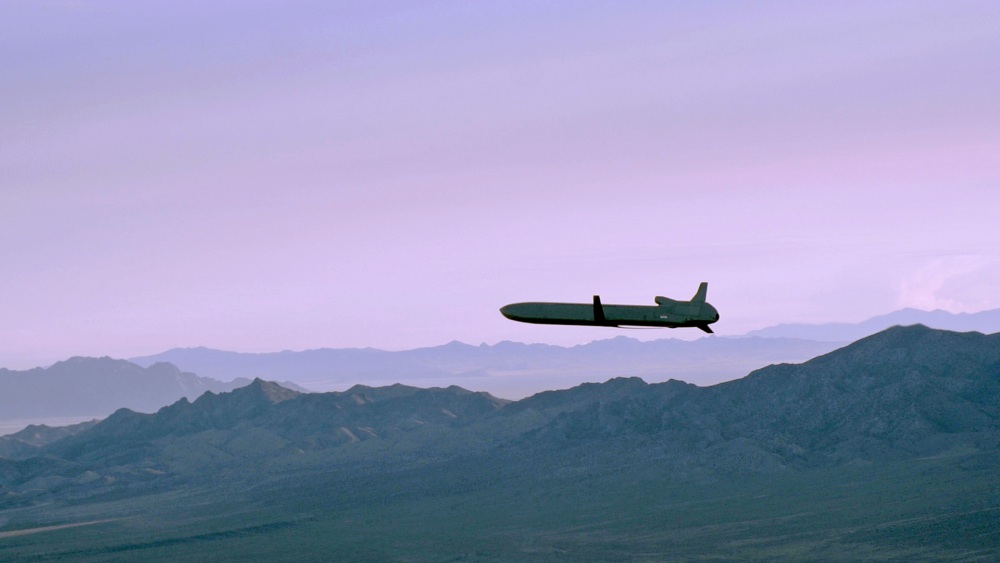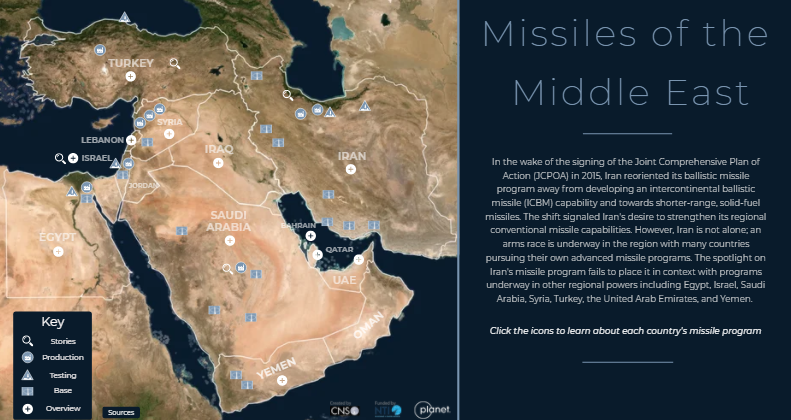Resource Collection
The CNS Missile and SLV Launch Databases
These databases contain interactive visuals, expert analysis, and raw data concerning ballistic missile and satellite launch vehicle (SLV) launches by North Korea, and Iran, India, and Pakistan. The databases are routinely updated. Additional countries may be added in future.
Browse the “Explore the Collection” section below.
Explore the Collection
The CNS North Korea Missile Test Database
Understanding North Korea’s Missile Tests
The CNS Iran Missile and SLV Launch Database
No, Iran Is Not Pursuing an ICBM (Yet)
The CNS India and Pakistan Missile Launch Databases
Cruising for a Bruising: How Cruise Missiles Are Threatening Norms Between India and Pakistan
The CNS Global Missile Defense Engagements Database
The Global Missile Defense Race: Strong Test Records and Poor Operational Performance
Stay Informed
Sign up for our newsletter to get the latest on nuclear and biological threats.
More on
Overview of The CNS Missile and SLV Launch Databases
View interactive visuals, analysis, and data on ballistic missile and SLV launches by North Korea, Iran, India, and Pakistan.

Tutorial on Missiles and Other WMD Delivery Systems
Delivery systems―such as ballistic and cruise missiles, combat aircraft, and drones―determine how, when, and against whom a country can use conventional, nuclear, chemical, or biological weapons.

Middle East Missile Mania: It’s Not Just Iran
One might be forgiven for solely focusing on Iran’s missiles. And yet, Iran’s missile program does not exist in a vacuum.
Glossary
- Ballistic missile
- A delivery vehicle powered by a liquid or solid fueled rocket that primarily travels in a ballistic (free-fall) trajectory. The flight of a ballistic missile includes three phases: 1) boost phase, where the rocket generates thrust to launch the missile into flight; 2) midcourse phase, where the missile coasts in an arc under the influence of gravity; and 3) terminal phase, in which the missile descends towards its target. Ballistic missiles can be characterized by three key parameters - range, payload, and Circular Error Probable (CEP), or targeting precision. Ballistic missiles are primarily intended for use against ground targets.
- Space Launch Vehicle (SLV)
- A rocket used to carry a payload, such as a satellite, from Earth into outer space. SLVs are of proliferation concern because their development requires a sophisticated understanding of the same technologies used in the development of long-range ballistic missiles. Some states (e.g., Iran), may have developed space launch vehicle programs in order to augment their ballistic missile capabilities.
